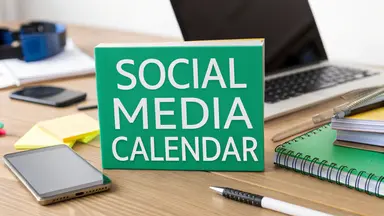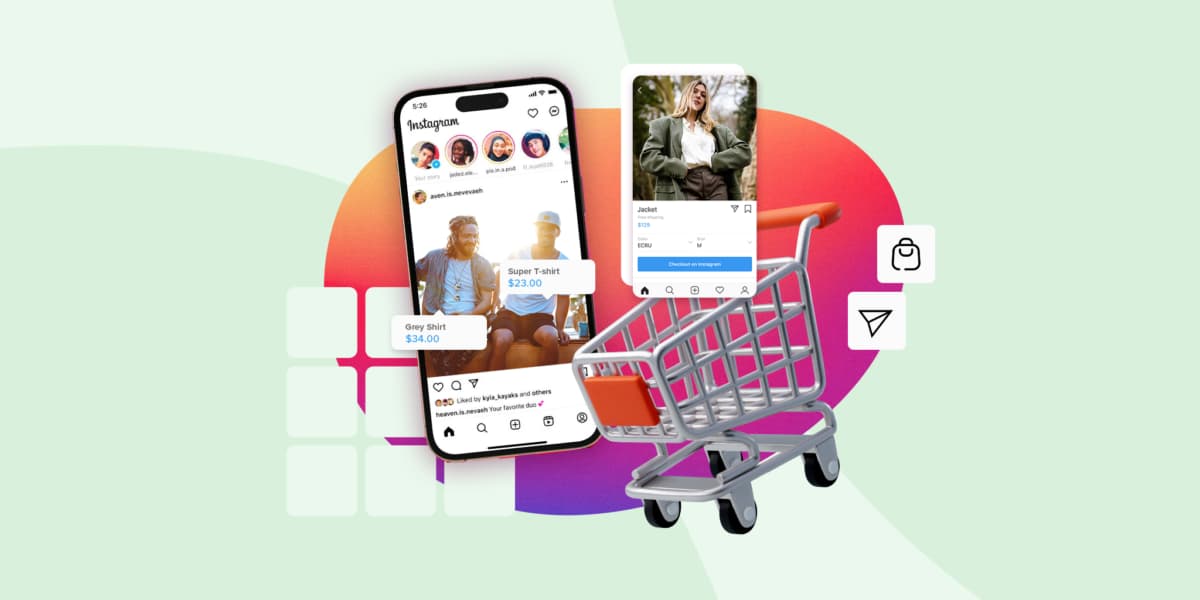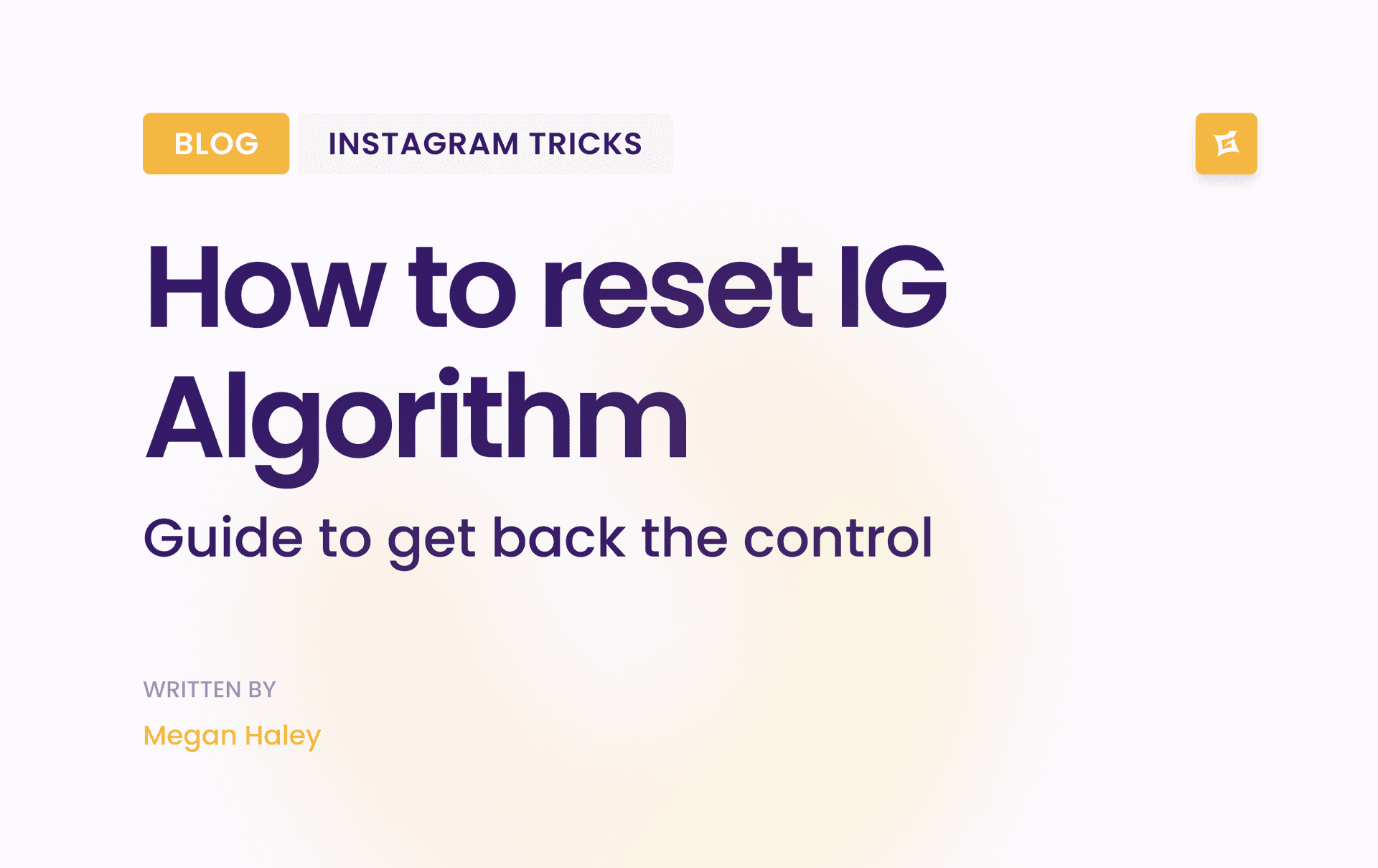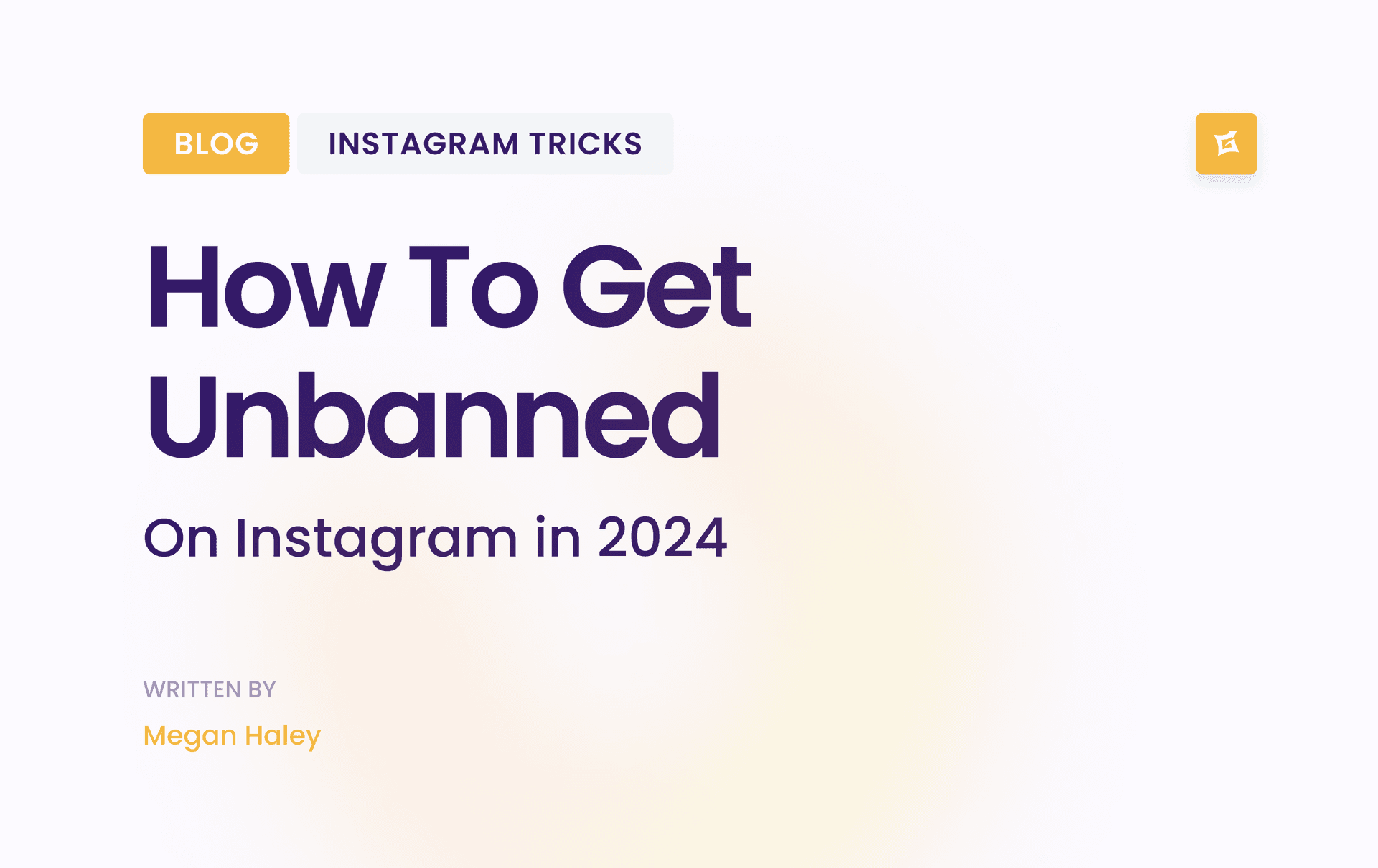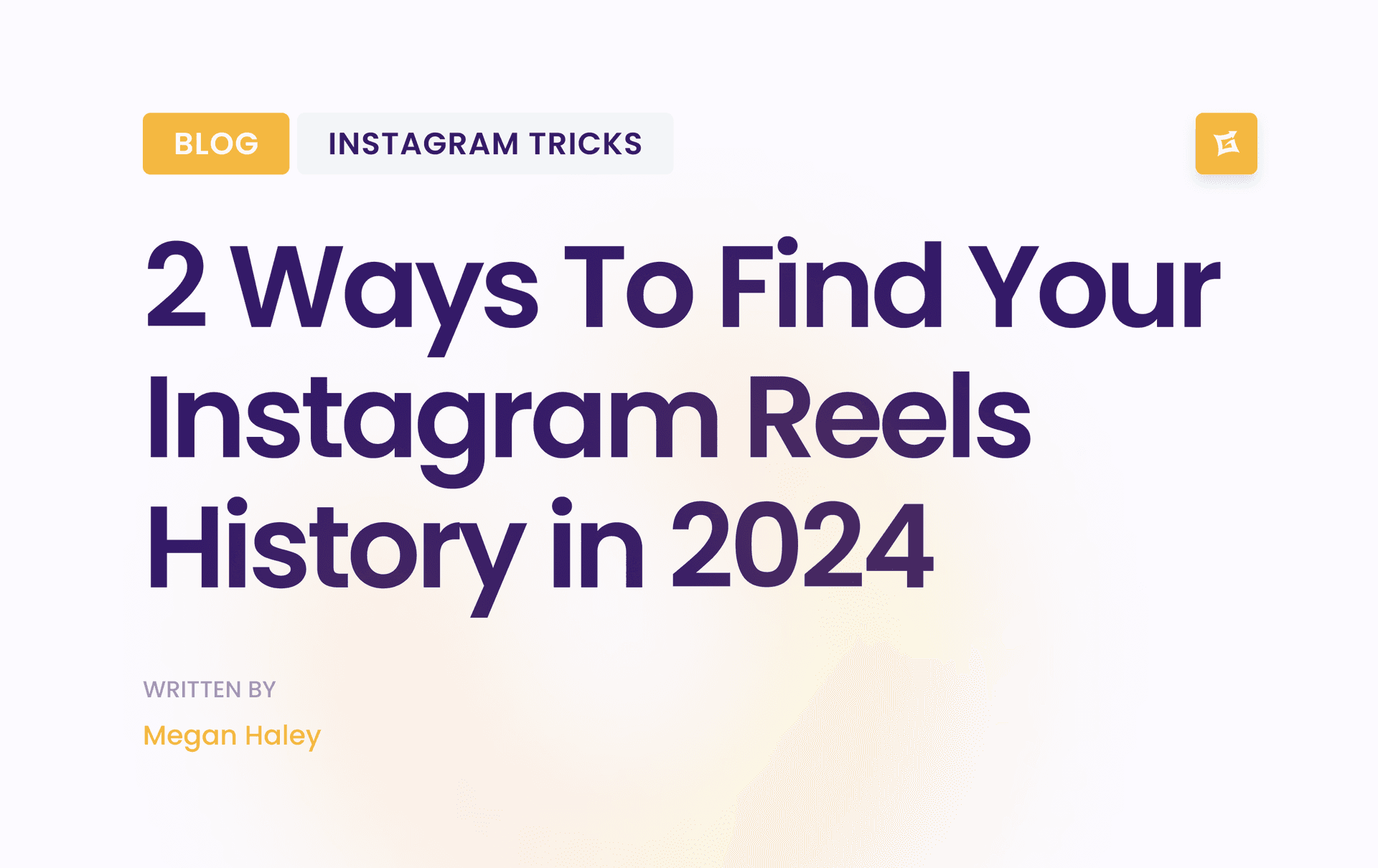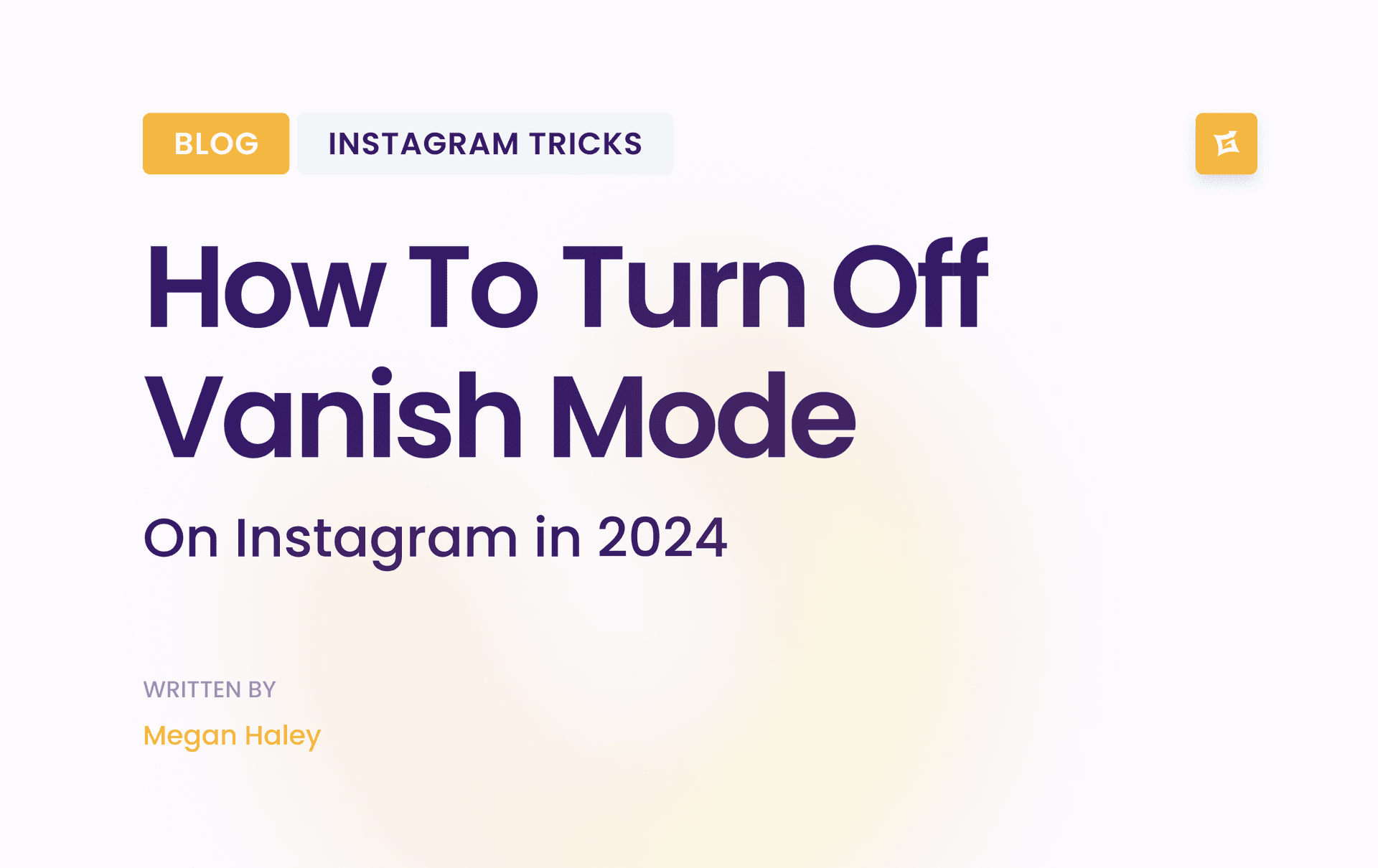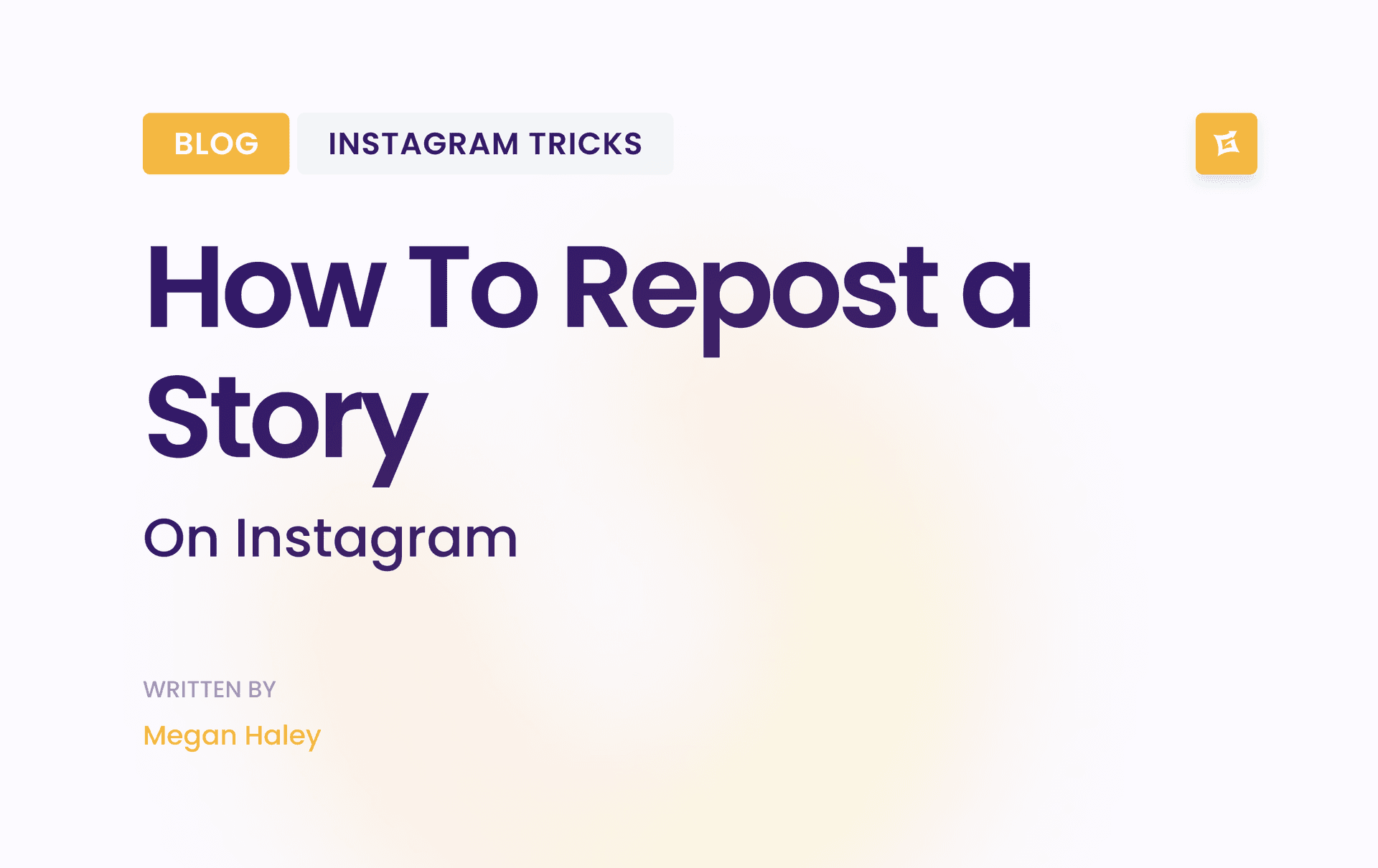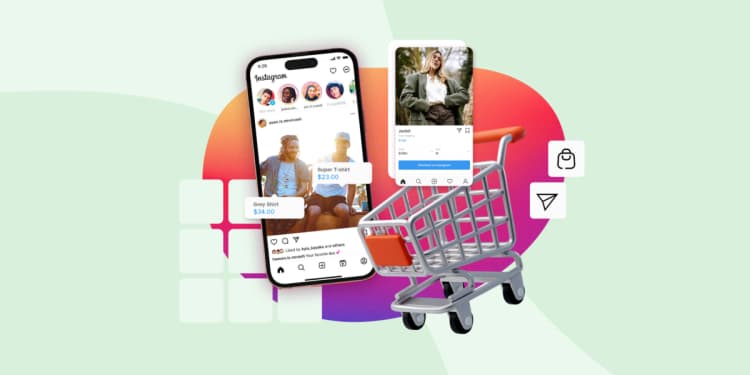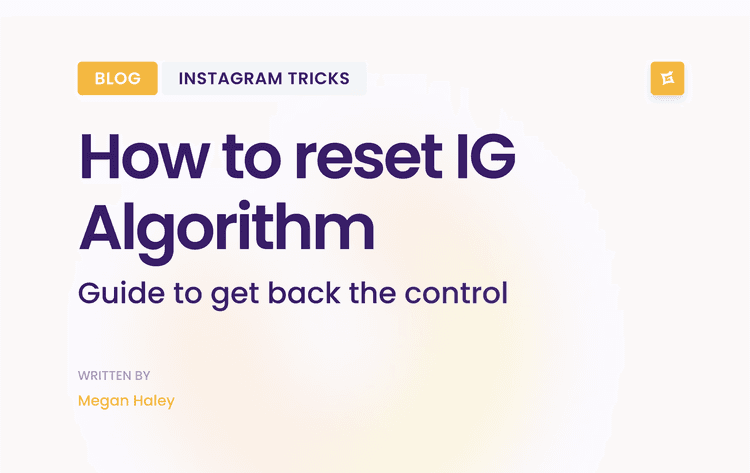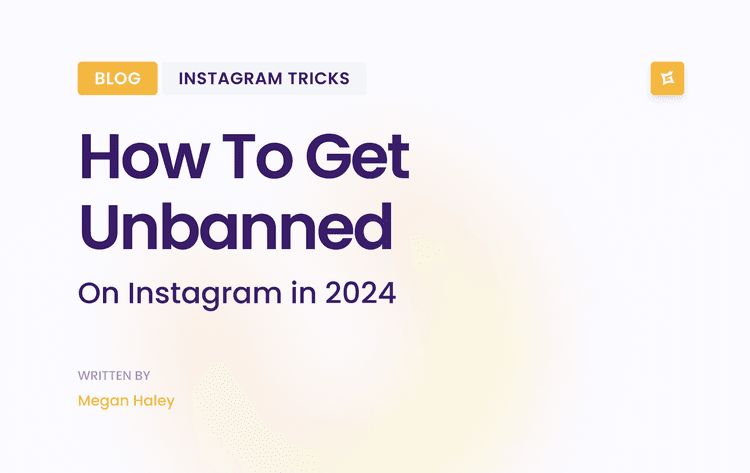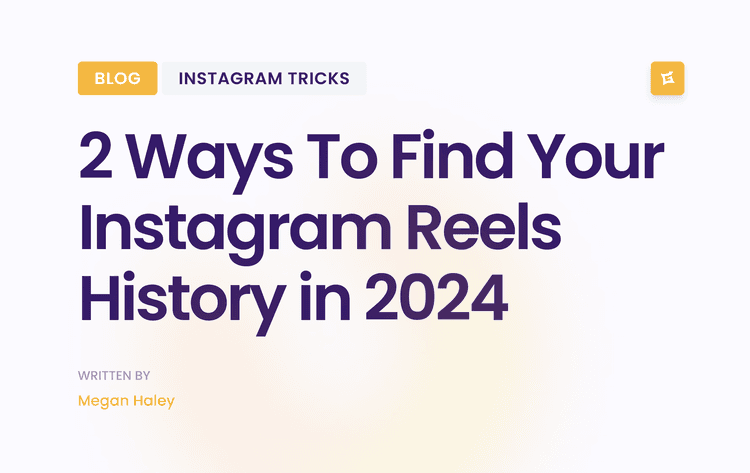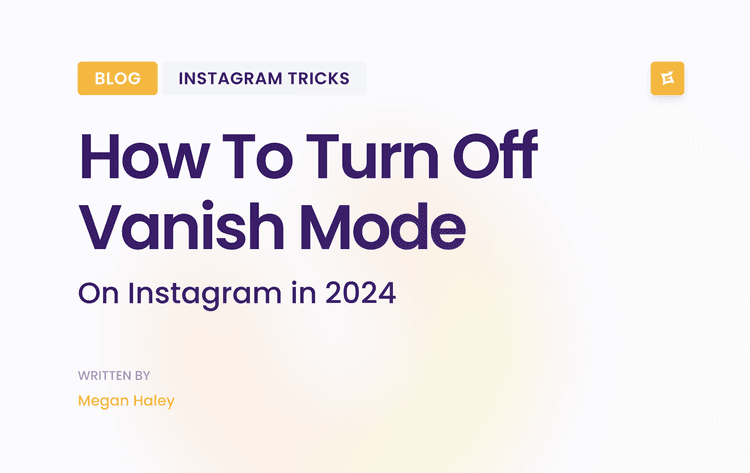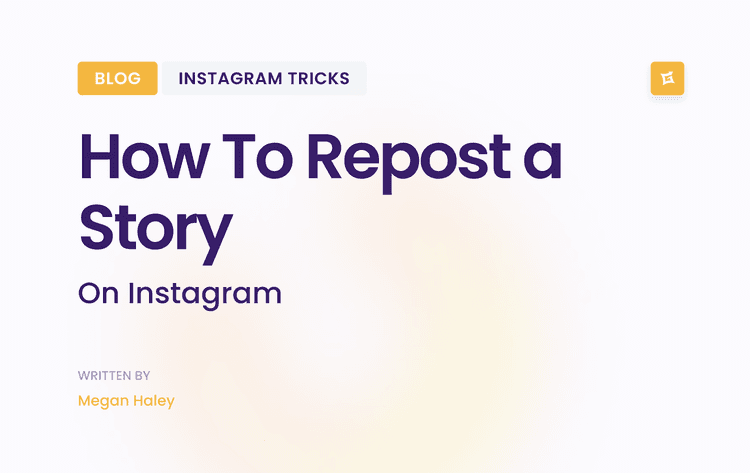Understanding the Strategic Power of Content Calendars
Why Planning Matters
Posting without a plan is like trying to conduct an orchestra without sheet music. Your content needs structure and timing to work together harmoniously. A content calendar provides the framework to maintain a steady rhythm and consistent brand voice on your Instagram account. This helps you stay focused on what resonates with your audience rather than posting whatever comes to mind.
The Benefits of a Structured Approach
Moving from reactive to proactive content planning brings several key advantages. Teams work more efficiently, audiences grow steadily, and brands maintain a clearer identity. For instance, when social media managers plan content, they can focus on creating quality posts instead of scrambling for last-minute ideas. Regular posting also keeps followers active and reinforces brand recognition.
Planning content through a calendar saves significant time and elevates progress. By mapping out posts months ahead, social teams avoid the daily rush to find trending topics. This proactive method saves 6 hours per week on average for social media managers handling multiple accounts. The extra time allows teams to test different approaches while maintaining consistent quality. Find more insights here: Social Media Calendar Statistics from Sprout Social
Building a Calendar That Works
Creating an effective content calendar involves more than listing random post ideas. You need to align your content with your audience's interests, marketing objectives, and the unique features of Instagram. Consider factors like best posting times, content types, and campaign timing to maximize impact.
You might be interested in: How to Master Agency Collaboration
Addressing Common Challenges
Many teams struggle with irregular posting, tracking results, and maintaining clear direction. A well-designed content calendar solves these issues by providing one central hub for planning and monitoring content. This organized system makes it easier for team members to work together and stay aligned on goals. Teams can better anticipate trends and opportunities, leading to stronger results and wider reach.
Crafting Your Perfect Calendar Architecture

A well-designed social media content calendar serves as the foundation for a strong social media presence. By thoughtfully planning your calendar structure, you can create a system that helps your team work efficiently while meeting your marketing goals. Let's explore how to build a calendar that balances creativity with consistent execution.
Choosing the Right Framework
The best calendar setup matches your team's specific needs. For small teams managing just a few social accounts, a basic spreadsheet often works well - it's simple to create and share. Larger teams coordinating multiple campaigns across platforms may need a dedicated social media management platform with features for collaboration and scheduling.
Here are the key options to consider:
Spreadsheet Approach: Perfect for small teams and straightforward campaigns. Easy to customize but can get messy as volume grows.
Social Media Management Tool: Better for larger teams and complex campaigns. Includes scheduling, analytics, and team features but requires investment.
Pick the framework that fits your needs now while allowing room to scale up later. The right system keeps everyone aligned without creating unnecessary complexity.
Organizing Content Themes and Campaigns
When running multiple campaigns, clear organization is essential. Try using color coding or tags to quickly distinguish between different content types - for example, using green for blog promotions, blue for product launches, and yellow for user content. This visual system helps track campaign progress and maintain a good content mix.
Breaking your calendar into separate sections for each campaign also helps prevent overlap and confusion. Think of it like organizing different clothing types in your closet - having dedicated spaces makes it easier to find what you need. Good organization is especially important when managing content across multiple platforms.
Maintaining Flexibility
While structure matters, your calendar needs room to adapt. Social media moves fast, and good opportunities often pop up unexpectedly. Your calendar should help you stay organized while still allowing you to jump on relevant trends or current events.
One effective approach is setting aside specific slots for real-time content each week. These flexible spaces let you respond to trends and keep your content fresh while maintaining your core strategy. Much like smart office design includes multipurpose spaces, your calendar should have built-in flexibility to handle both planned and spontaneous content needs.
Mastering the Science of Content Timing
A social media content calendar does more than just organize your posts - it helps you reach and engage your audience effectively. Getting your timing right is essential for making sure your content gets seen and gains traction. Let's explore how to move beyond basic scheduling and create a timing strategy that works for your specific audience.
Why Timing Is Everything
Just like you wouldn't schedule an important meeting at 3 AM, posting at the wrong time means your content will likely go unseen. When you share content while your followers are active and engaged, you dramatically increase your chances of getting likes, comments, and shares. The key is understanding your audience's online habits and behavior patterns.
Platform-Specific Strategies
Each social network has its own unique rhythm and best practices. For example, Facebook's algorithm allows for more frequent posting - up to twice daily can work well. Instagram tends to reward a more measured approach, with 3-7 posts per week being ideal. For X (formerly Twitter), 1-2 daily posts often hit the sweet spot for engagement. The goal is to find a consistent cadence that keeps your audience engaged without overwhelming them. Learn more about content calendar best practices: Social Media Content Calendar Best Practices
Building a Sustainable Posting Schedule
Creating an effective posting schedule for your Instagram account requires finding the right balance between reaching your audience and maintaining quality. Start by reviewing your analytics to spot patterns in when your followers are most active. Here are key steps to build your schedule:
Analyze Platform Insights: Check your Instagram analytics regularly to track when your audience engages the most
Experiment with Different Times: Test various posting times and measure which ones drive the best results
Consider Time Zones: If you have followers across regions, plan posts to reach different time zones effectively
Refining Your Strategy Through Testing
Your posting strategy should adapt based on what the data tells you. Track important metrics like reach, engagement rates, and clicks to understand what's working. For instance, if you notice certain types of content perform better at specific times, adjust your schedule accordingly. Use A/B testing to compare different posting times and content types. The goal is to keep improving your content calendar based on real results rather than assumptions.
Developing an Engaging Content Mix That Converts
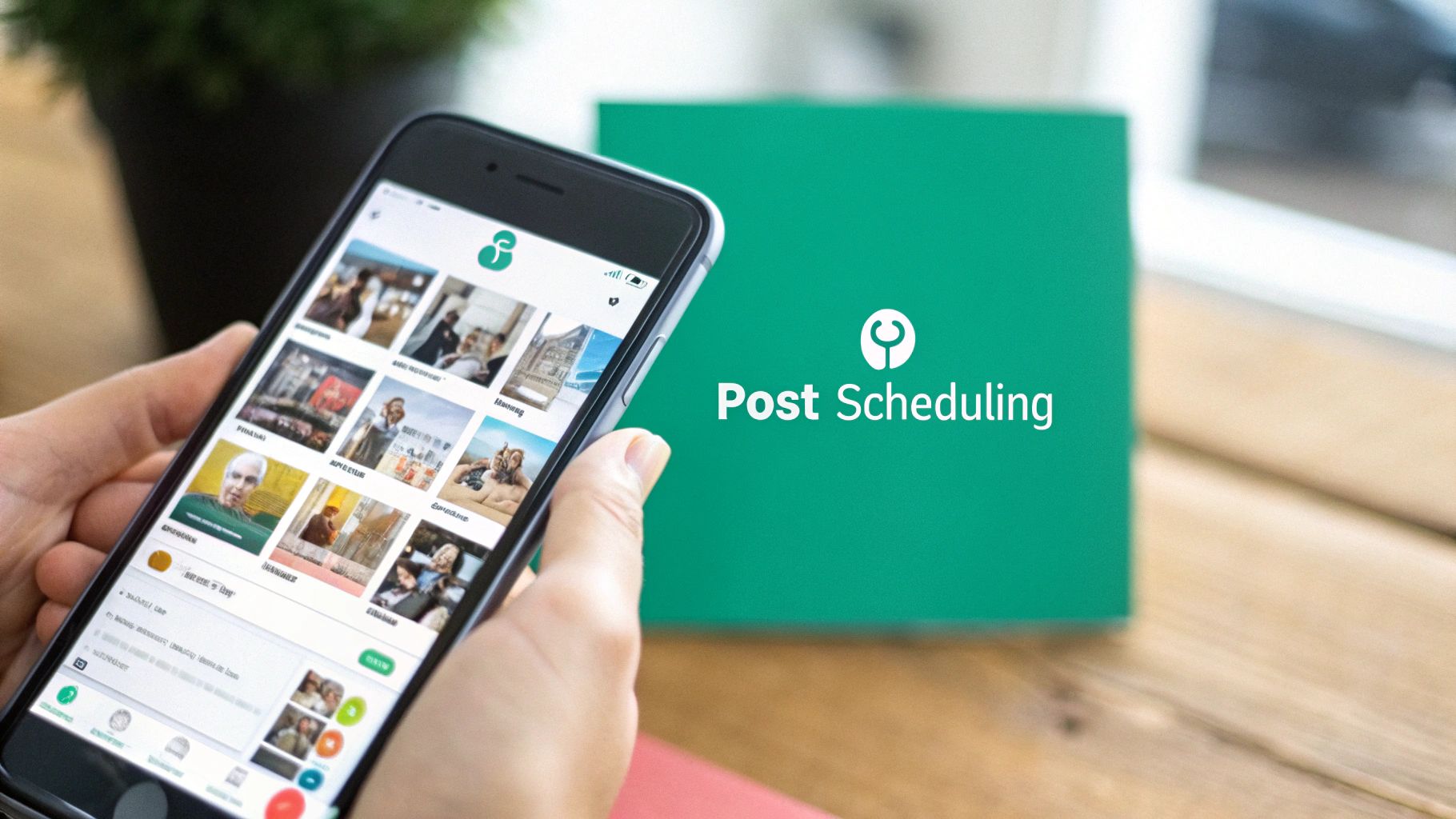
Creating posts on a schedule isn't enough for social media success. What really works is carefully blending different types of content that both engage your audience and support your marketing goals. Let's explore how successful brands build a compelling content mix while staying authentic and driving real results through their social media content calendar.
Balancing Content Types for Maximum Impact
Think of your Instagram feed as planning meals for the week - you need variety to keep things interesting. Your audience craves different flavors of content to stay engaged. A well-balanced mix typically includes educational content, entertaining videos, behind-the-scenes glimpses, user stories, and product highlights.
For instance, a fitness brand might share workout tutorials on Mondays, healthy recipes on Wednesdays, client success stories on Fridays, and mix motivational quotes throughout the week. This approach speaks to different interests while keeping the feed fresh. Using various formats like photos, videos, and live streams adds another layer of engagement that keeps followers coming back for more.
Aligning Content with Business Objectives
While entertaining content draws people in, each post should serve a clear business purpose. Your social media content calendar needs to support specific goals, whether that's driving website visits, building brand recognition, or generating leads. Start by identifying what actions you want followers to take, then create content that naturally guides them there.
Consider how different content types can support various goals. Short video teasers linking to full blog posts can boost website traffic. Conversation-starting posts that followers want to share help spread brand awareness. Interactive content like polls and questions can gather valuable customer insights. For more ideas on content creation, check out our guide on Working with Creators.
Staying Agile and Adapting to Trends
A good social media content calendar provides structure while leaving room for timely opportunities. Social media moves fast - what's trending today might be old news tomorrow. Success requires monitoring conversations in your industry and being ready to adjust plans when something relevant pops up.
Think of your calendar as a flexible roadmap rather than a rigid schedule. Leave some open slots for responding to current events or joining trending discussions that make sense for your brand. This balance of planned content and real-time engagement helps you stay both consistent and relevant to your audience's interests.
Using Technology To Build Better Content Calendars
A well-organized social media content calendar forms the backbone of any strong social strategy. Managing one effectively requires carefully selecting the right tools to support your workflow, improve team collaboration, and drive better results. The right technology choices can transform a basic content calendar into a powerful system for managing your social media presence.
Selecting The Best Tools For Your Needs
The options for managing social content range from basic spreadsheets to full-featured scheduling platforms. Small businesses or solo social media managers often find spreadsheets work perfectly well for tracking post dates, content, and basic metrics. However, as teams grow and manage multiple accounts, dedicated social media management tools becomes essential for coordinating workflows and scheduling posts at scale.
When choosing tools, consider both your current situation and future growth plans. Key factors include your team size, number of social accounts, and available budget. For pricing details, you can explore different options here.
Making Tools Work Together Seamlessly
The best Instagram tools work smoothly with your other systems. For example, connecting your Instagram scheduler to your analytics dashboard gives you a complete view of performance in one place. This saves time switching between tools and helps you make better decisions based on clear data. The result is a more organized and effective social media content calendar
Growing Your Tech Stack Over Time
As your Instagram visibility expands, your tools should grow with you. Starting simple with spreadsheets helps build good habits and processes. When ready, moving to more robust platforms gives you the advanced features needed for larger teams and more complex campaigns. This progression ensures your social media content calendar remains a valuable asset as your strategy evolves.
Optimizing Your Calendar for Peak Performance

A social media content calendar helps teams plan effectively and make smart decisions based on real data. When used strategically, it becomes much more than just a scheduling tool - it's a way to continuously improve your Instagram follower through careful analysis and optimization.
Identifying Key Performance Indicators (KPIs)
The first step is figuring out which metrics matter for your specific goals. While basic engagement metrics like likes provide some insight, you'll want to focus on key performance indicators (KPIs) that directly tie to your objectives. For instance, if you're aiming to boost website visits, tracking clicks and conversions makes sense. But if building awareness is the priority, reach and impressions become your main focus.
Gathering Meaningful Insights
After choosing your key metrics, the next step is collecting good data. Most social platforms provide analytics tools with helpful information about how your posts perform. You can also use social media management tools to pull data from multiple platforms into one place, making analysis much simpler. This data forms the foundation for making smart changes to your Gainsty 30-day content calendar.
Using Data to Drive Continuous Improvement
Looking at data is only valuable if you use it to make your content better. For example, if you notice certain types of posts consistently get more engagement, adjust your calendar to include more of that content. If posts at specific times perform better, update your scheduling accordingly. The key is to keep analyzing results, making changes, and measuring what works.
Regular Calendar Audits and Optimization
Your social media content calendar needs regular check-ups to stay effective, just like any other business tool. Regular reviews help you spot outdated content, refresh stale ideas, and find areas to improve. Many successful brands update their calendars frequently based on performance data since Instagram trends and audience interests change quickly.
Consider a brand that sees engagement dropping on its video content. During a calendar review, they might discover their video style feels dated or their topics don't interest viewers anymore. By trying new video formats or covering more current topics, they can get engagement back on track.
Ready to transform your Instagram account with organic followers? Gainsty, the AI-powered social assistant, helps you gain real followers and boost engagement authentically. Discover how Gainsty can elevate your Instagram strategy.
